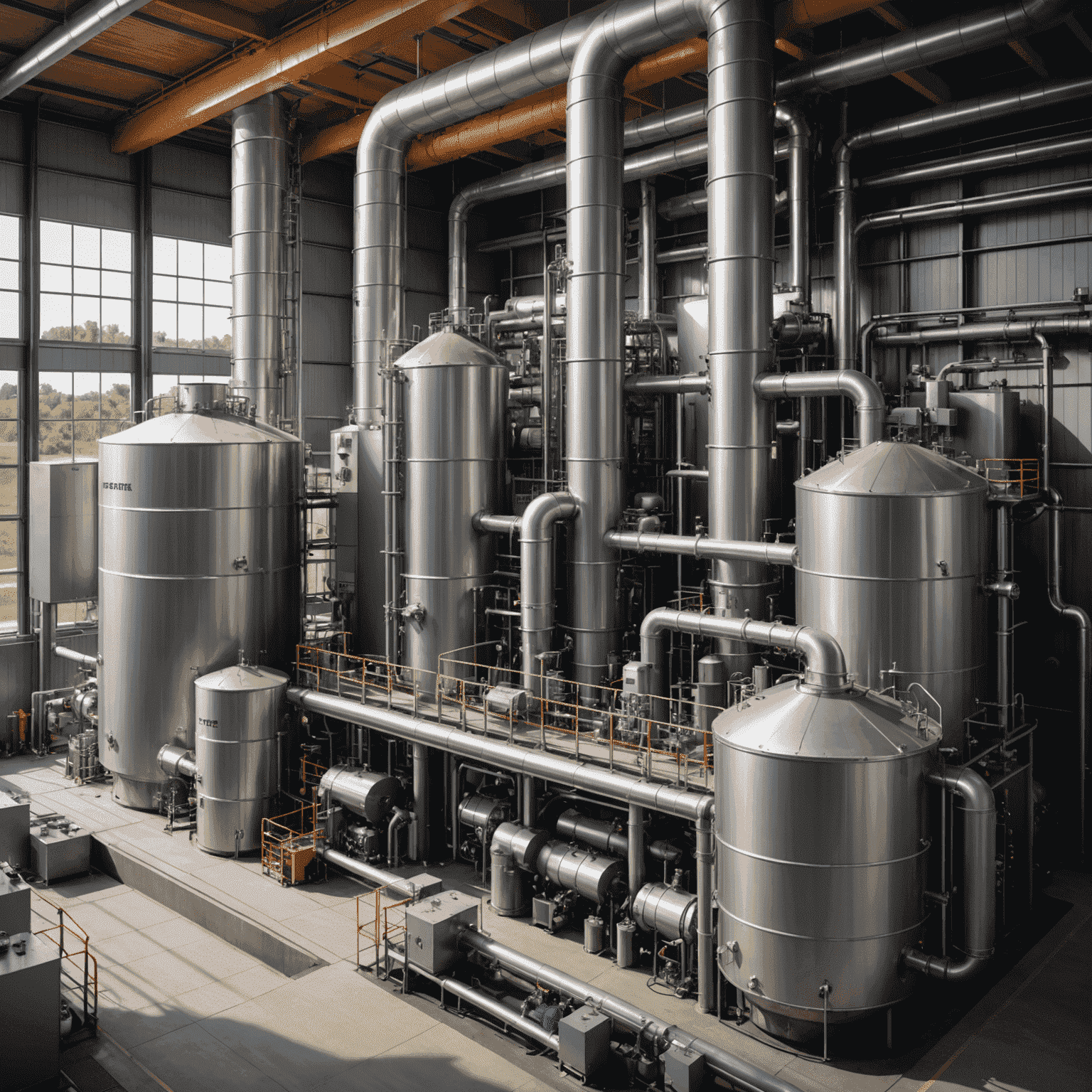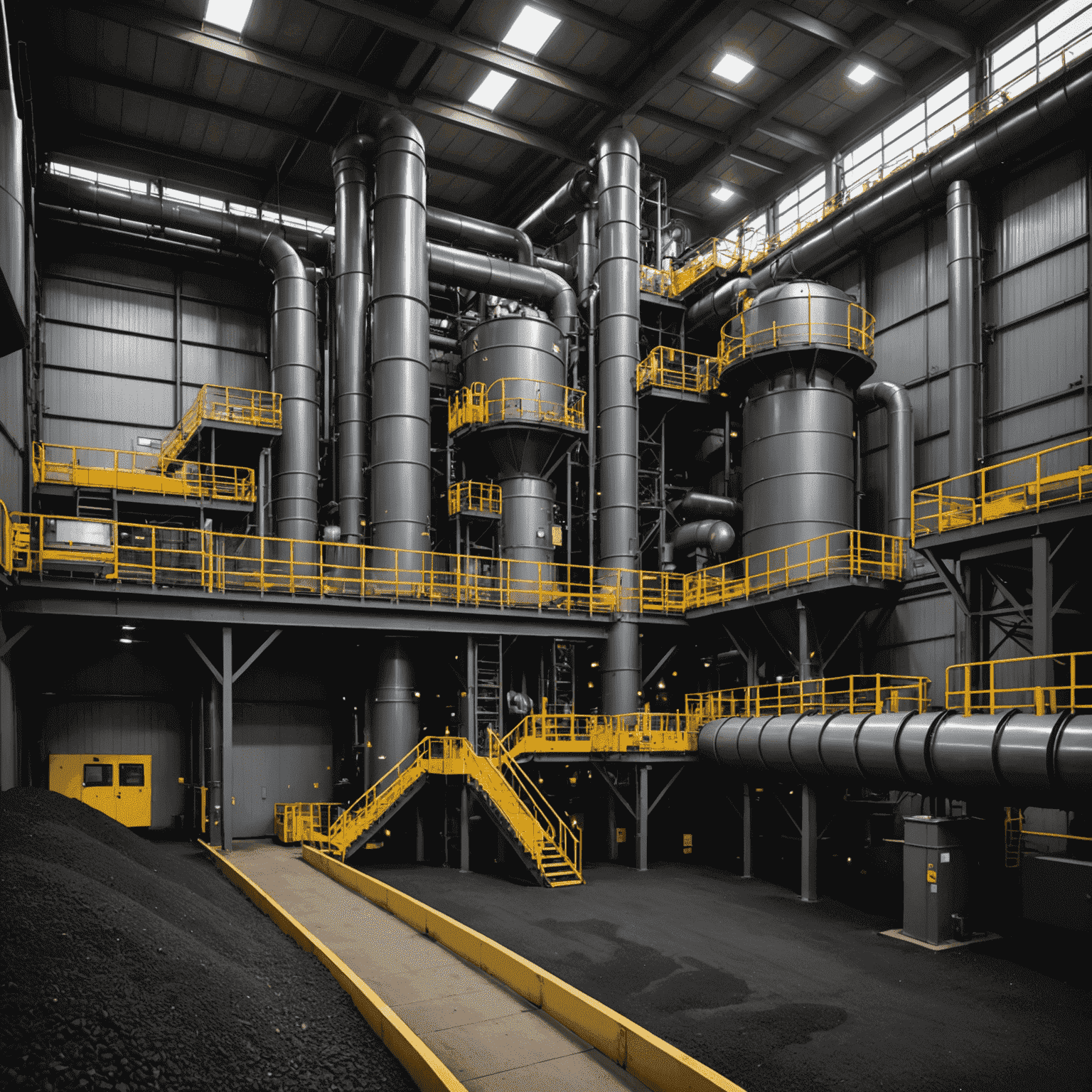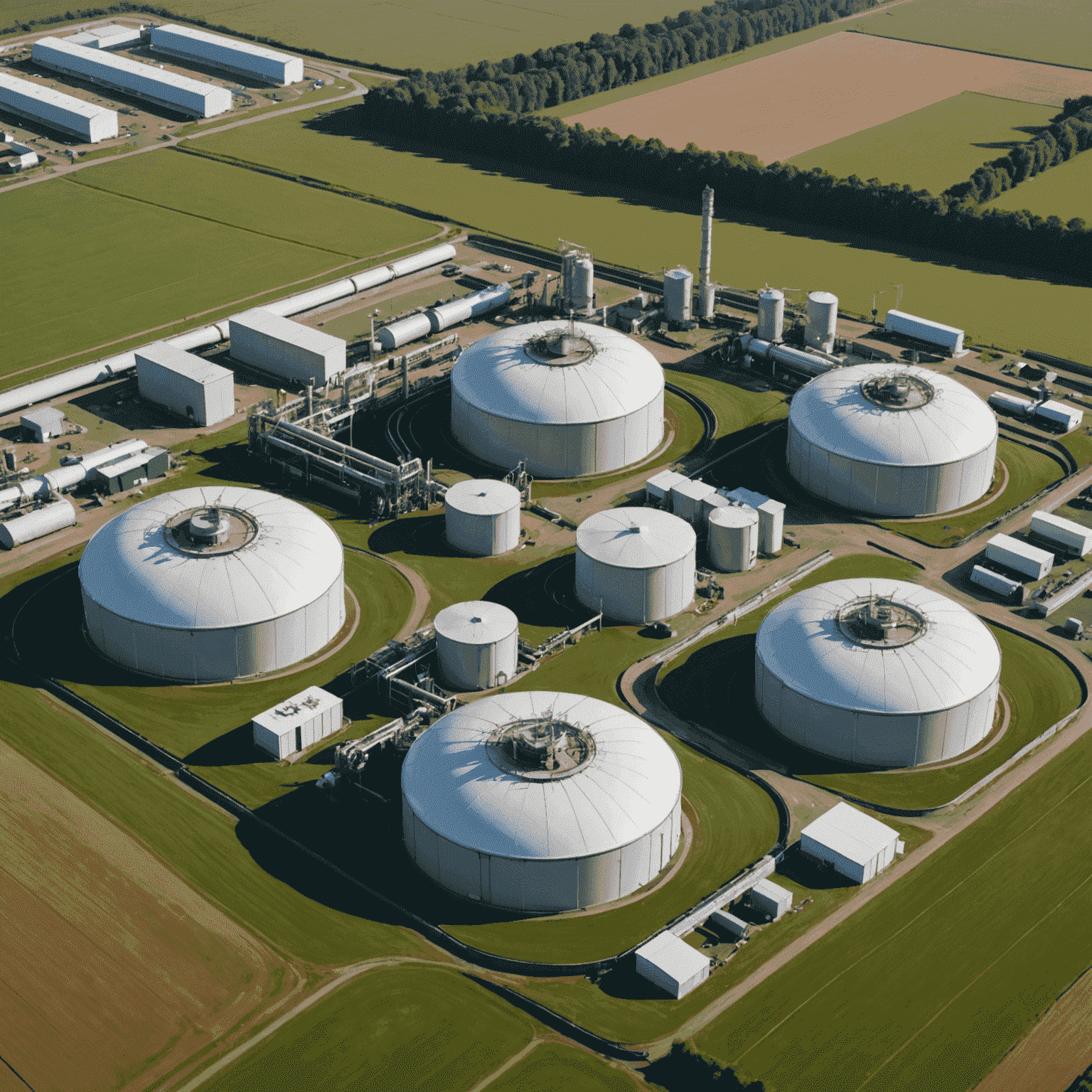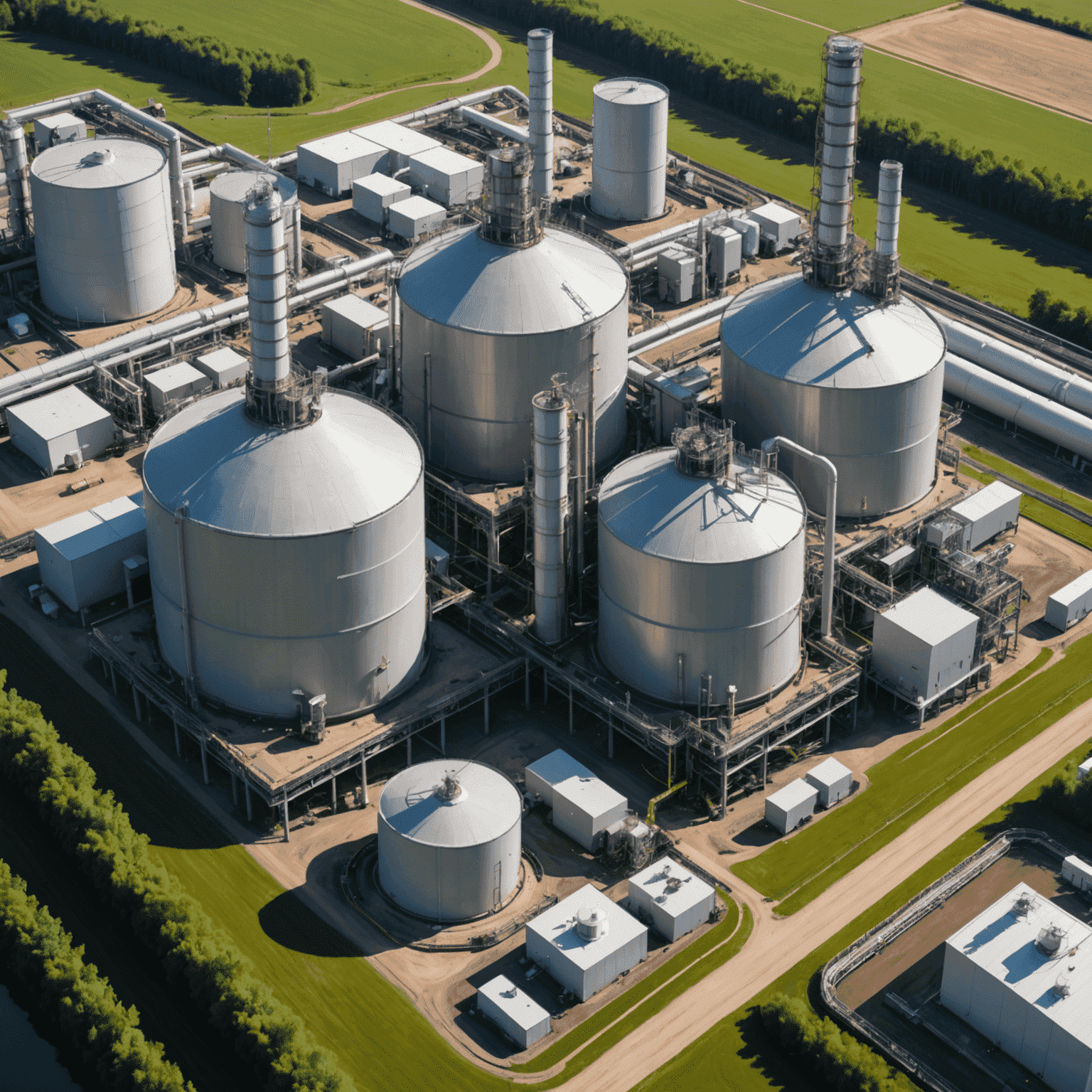Top 5 Biomass Technologies Revolutionizing Clean Energy
As the world shifts towards sustainable energy solutions, biomass technologies are emerging as powerful contenders in the clean energy arena. Let's explore five cutting-edge biomass technologies that are making significant waves in the sustainable energy sector.
1. Advanced Gasification Systems

Advanced gasification systems are revolutionizing how we convert organic waste into clean, usable energy. These systems use high temperatures and controlled oxygen environments to break down biomass into syngas, which can be used for electricity generation or converted into biofuels. The latest gasification technologies boast higher efficiency rates and lower emissions, making them a cornerstone of organic energy production.
2. Torrefaction Technology

Torrefaction is an innovative thermal process that converts biomass into a coal-like material with superior fuel characteristics. This technology significantly improves the energy density and storage properties of biomass, making it easier to transport and use in existing coal-fired power plants. Torrefied biomass is becoming a game-changer in the biomass conversion landscape, offering a more sustainable alternative to fossil fuels.
3. Anaerobic Digestion with Biogas Upgrading

Anaerobic digestion has long been used to produce biogas from organic waste, but recent advancements in biogas upgrading technologies are taking this process to new heights. By removing impurities and increasing the methane content, these systems can now produce biomethane that's indistinguishable from natural gas. This clean, renewable gas can be injected directly into existing natural gas networks, providing a sustainable energy source for homes and businesses.
4. Algal Biomass Production

Algal biomass production is emerging as a promising frontier in sustainable energy. Advanced cultivation systems, including photobioreactors and open pond systems with CO2 injection, are dramatically increasing algae yields. These microscopic plants can be converted into various biofuels, including biodiesel and bioethanol, while also serving as a carbon sink. The potential for algae to produce high-energy biomass without competing with food crops makes it a technology to watch in the coming years.
5. Biomass-to-Liquid (BTL) Technology

Biomass-to-Liquid (BTL) technology is revolutionizing the production of liquid biofuels from solid biomass. This process involves gasifying biomass to produce syngas, which is then converted into liquid fuels through Fischer-Tropsch synthesis. The latest BTL technologies can produce a range of fuels, including renewable diesel and jet fuel, that are chemically identical to their fossil-fuel counterparts. This breakthrough allows for the direct use of these biofuels in existing engines without modification, paving the way for a smoother transition to renewable energy in the transportation sector.
These five biomass technologies are at the forefront of the clean energy revolution, offering innovative solutions for sustainable power generation and fuel production. As research continues and these technologies mature, we can expect to see even greater advancements in efficiency and scalability. The future of organic energy looks bright, with biomass conversion playing a crucial role in our transition to a more sustainable energy landscape.